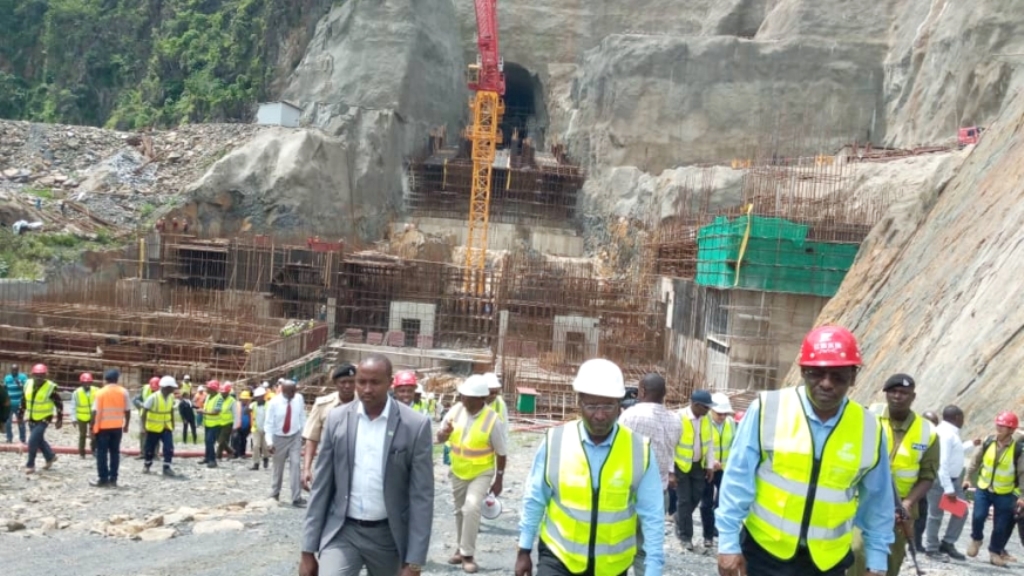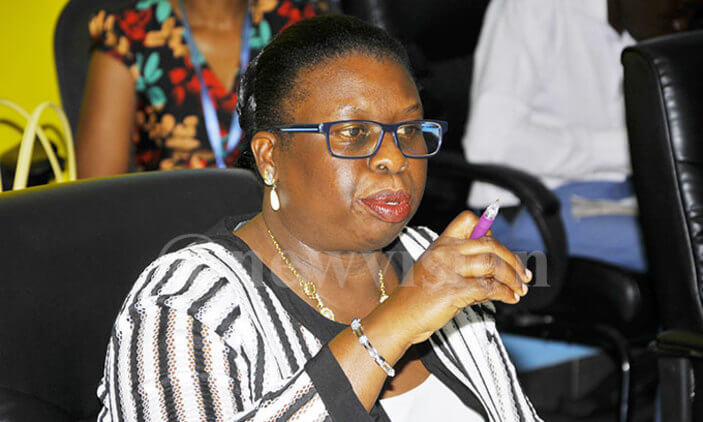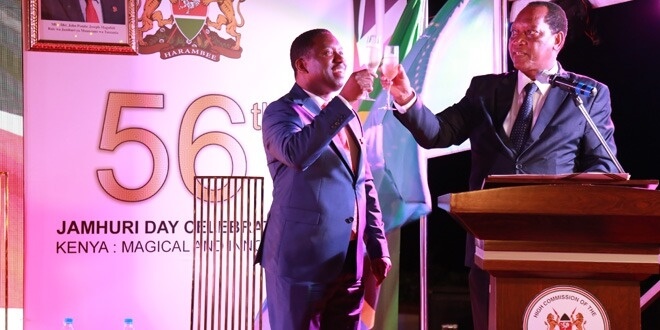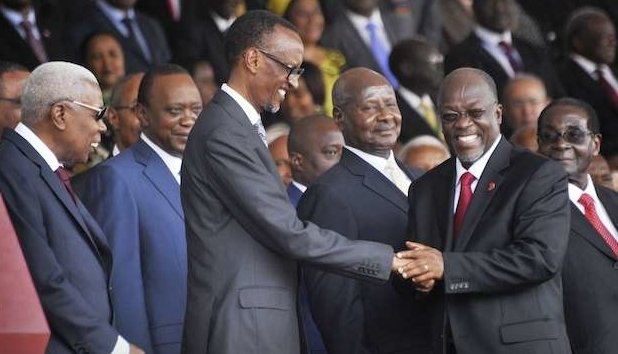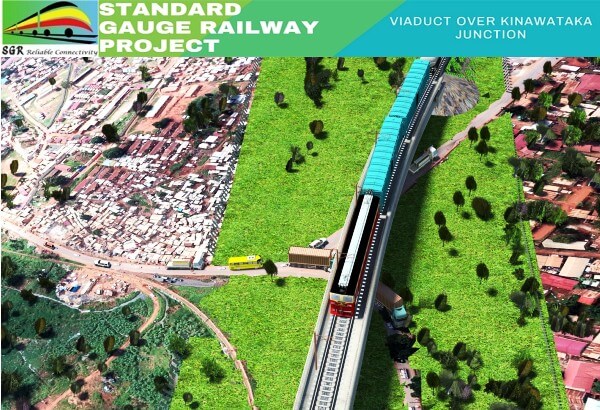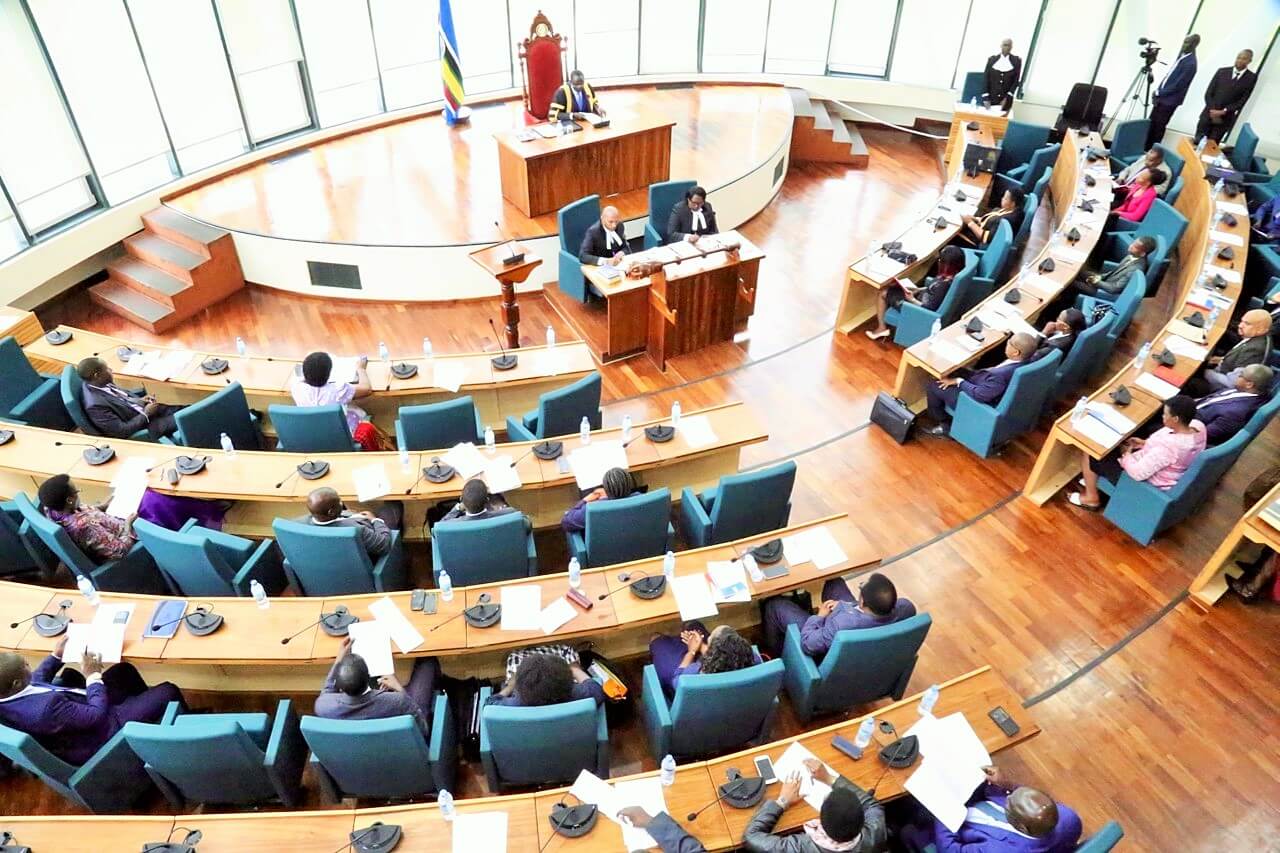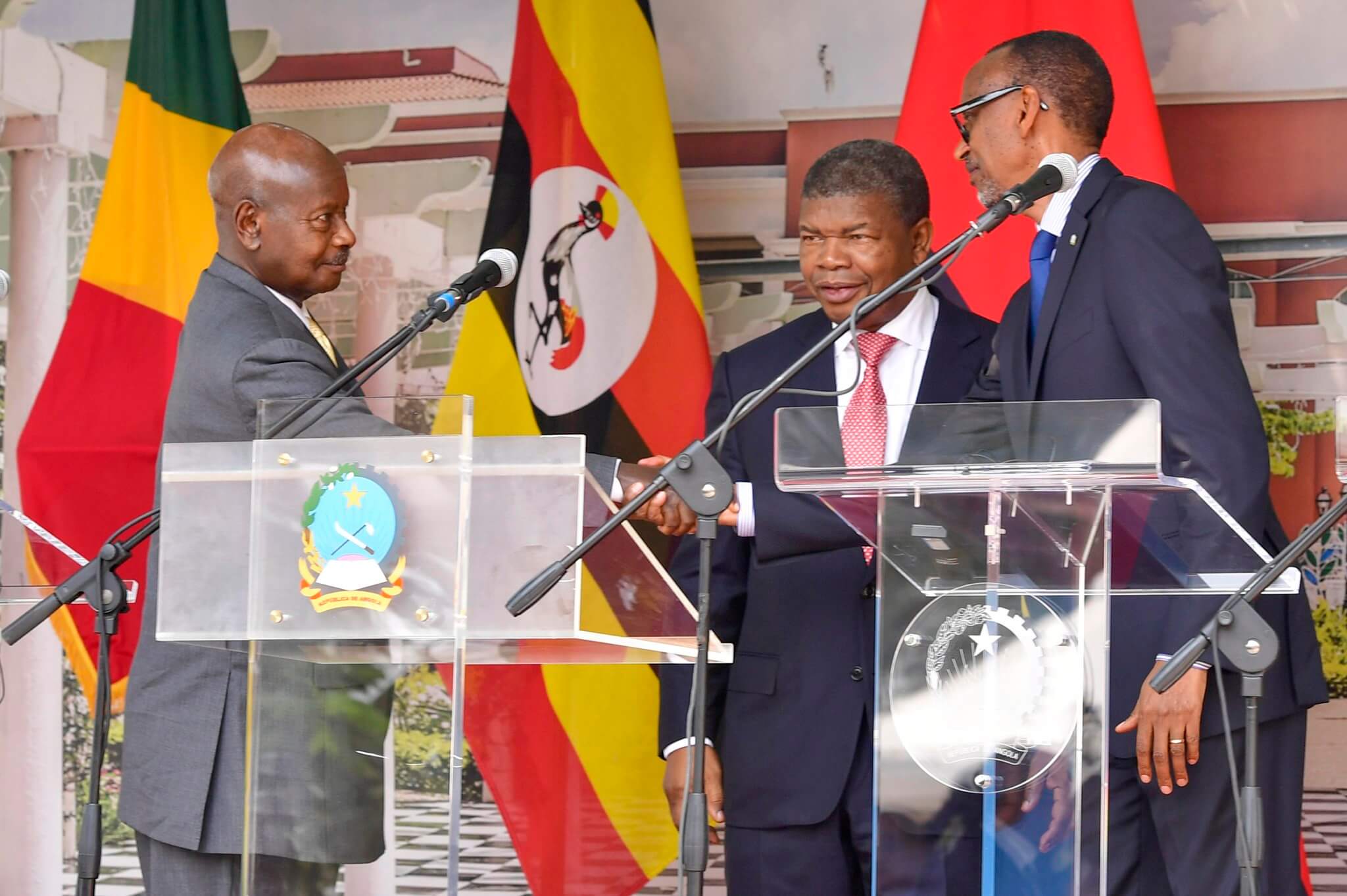ENERGY Ministers from Rwanda, Tanzania and Burundi have rejected a request to extend the deadline for the completion of the Regional Rusumo Falls Hydroelectric project. Despite expressed satisfaction on the implementation of the hydro-power project, the Council of Ministers (CoM) meeting held at the Rusumo One Stop Border Post (OSBP) rebuffed the request for deadline extension by the board until September, 2021. Tanzanian Minister for Energy Dr Medard Kalemani who attended the 11th Ministerial meeting said instead, they have directed the board to work night and day and ensure that the project is completed by end of February, next year. He explained that work progress currently stood at 59 per cent adding that among steps taken include recruiting a new project manager who started work on July 28, this year. The meeting was also attended by Burundi Minister for Energy and Minerals, Engineer Come Manirakiza and his Rwandan counterpart, Ambassador Claver Gatete. Once completed, the Regional Rusumo Falls Hydroelectric Project (RRFHP) is envisaged to address the acute shortage of electricity experienced by the three countries, which negatively affect their economies. The project will generate 80 MW of renewable clean energy, relatively low cost power to the national grids of the three countries shared equally, with each country receiving an additional 165 GWH per year. The additional power will benefit about 1,146,000 people in the three countries-520,000 in Burundi (5.4 per cent), 159,000 in Tanzania (0.34 per cent) and 467,000 in Rwanda (4 per cent). The joint development was entered by...
How Rusumo power project will enhance regional cooperation
Posted on: December 16, 2019
Posted on: December 16, 2019

